An integral part of our culture, India is home to a number of indigenous crafts that are the lifeline of several communities. Influenced by several factors like availability of raw materials, influence of ancient dynasties and local traditions, handicrafts of India are as diverse as distinct. One such distinctive craft are the colourful wooden toys of Kondapalli. Native to this village, that is located just about 20 km from the bustling city of Vijayawada, almost all the households here are involved in this cottage industry. Kondapalli ‘Bommalu’ (Kondapalli toys), as they are locally known, are light in weight and vibrant looking and hence are very popular not only in the state but also throughout India.
A typical “Kondapalli” coupleProcess
The main raw material for these toys is the White Sander wood that is botanically known as called Jiuotia Rotteri Fromis. Known as “Tella Poniki” locally, this tree is found in the surrounding forest in abundance. In fact, Kondapalli is home to the Kondapalli reserve forest that is spread over 100 sq kms and is home to a large variety of flora and fauna. The key feature of this wood is that is soft and becomes lighter with time making it easy to handle. The wood is first cut into large blocks and is left to dry naturally under the sun. Once the wood is completely dry it becomes light weight and is ready to be chiselled.
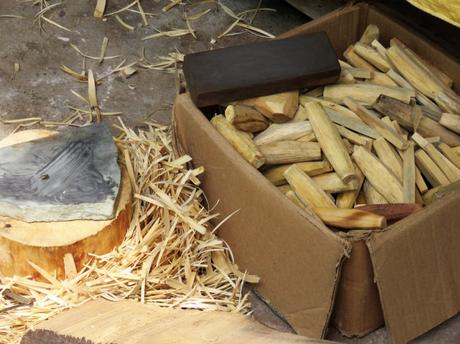
The desired shape is etched onto the wood and different parts of the toy are manufactured separately. They are then glued together using a paste traditionally made from tamarind seeds (chemical adhesives are also used these days). For instance, if it is a man, the head, limbs and body are etched out individually, cracks are filled up, sand paper is used to smoothen the rough edges and then the components are joined together.
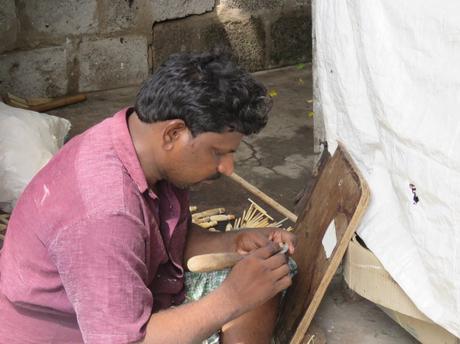
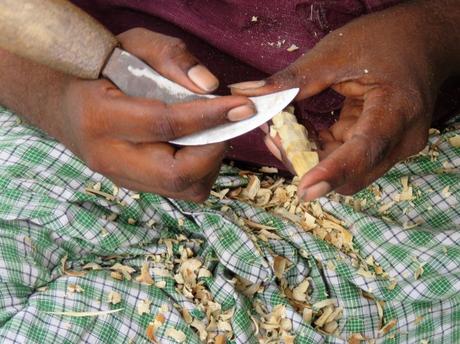
Once fixed together, the toy is heated again to ensure that there is no moisture content. It is then coloured using bright color paints or dye. Many of the artisans still use vegetable and organic dyes albeit it is becoming increasingly difficult to procure. Painting is usually done by the women folk. They are finally given a glaze which is the last step of the manufacture.
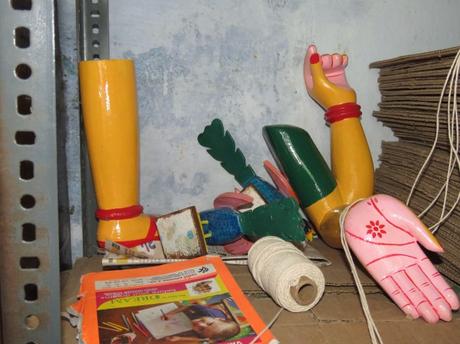
Themes inspired from daily life
The theme of these toys is usually inspired by daily rural life and hence cattle, bullock carts, women folk drawing water from the well, village headman/leaders and animals like elephants and cows are highly popular.
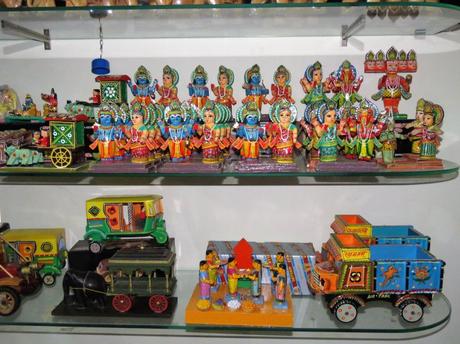
Mythological figures like the “Dasha avatar” and “Ambari elephants” (decorated elephants that are used in religious processions) are also common.
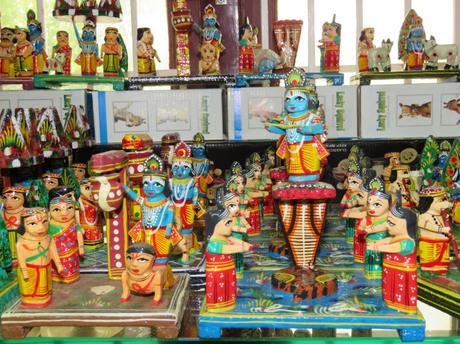
Current scenario
This tradition of toy making dates back to about 400 years and it is believed that the ancestors of the artisans migrated from Rajasthan and settled here. The craft that is entirely hand made is being passed on from one generation to the next. “I learnt the craft from my father. When I was small there were about 150 families involved in the manufacture of these toys, this number has now dwindled down to about 40” says S Nageswara Rao, a toy manufacturer in the town.
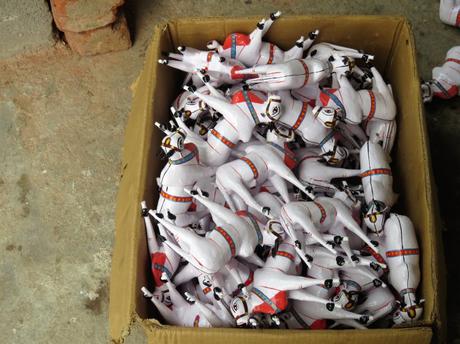
While there is business from government and private businesses, he goes on to mention that the craft is faced with several challenges. These include shortage of raw materials, lack of macro level support in terms of loans and working capital and also the invasion of cheap mass-produced toys. “I see the craft surviving for another ten to fifteen years as many of the next generation are not willing to carry on this legacy” quips S Nageswara Rao.
Nevertheless, the toys are in demand and toy manufactures in Kondapalli reveal that they supply extensively to Kerala, Tamil Nadu and other parts of India. There is good demand for these toys during the Dasara season from Mysore.
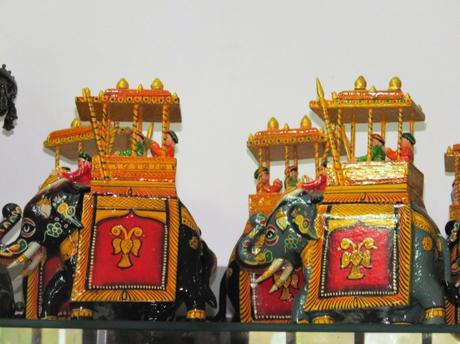
To read similar posts click here and here. A more detailed version of this article was published in Trujetter here.
